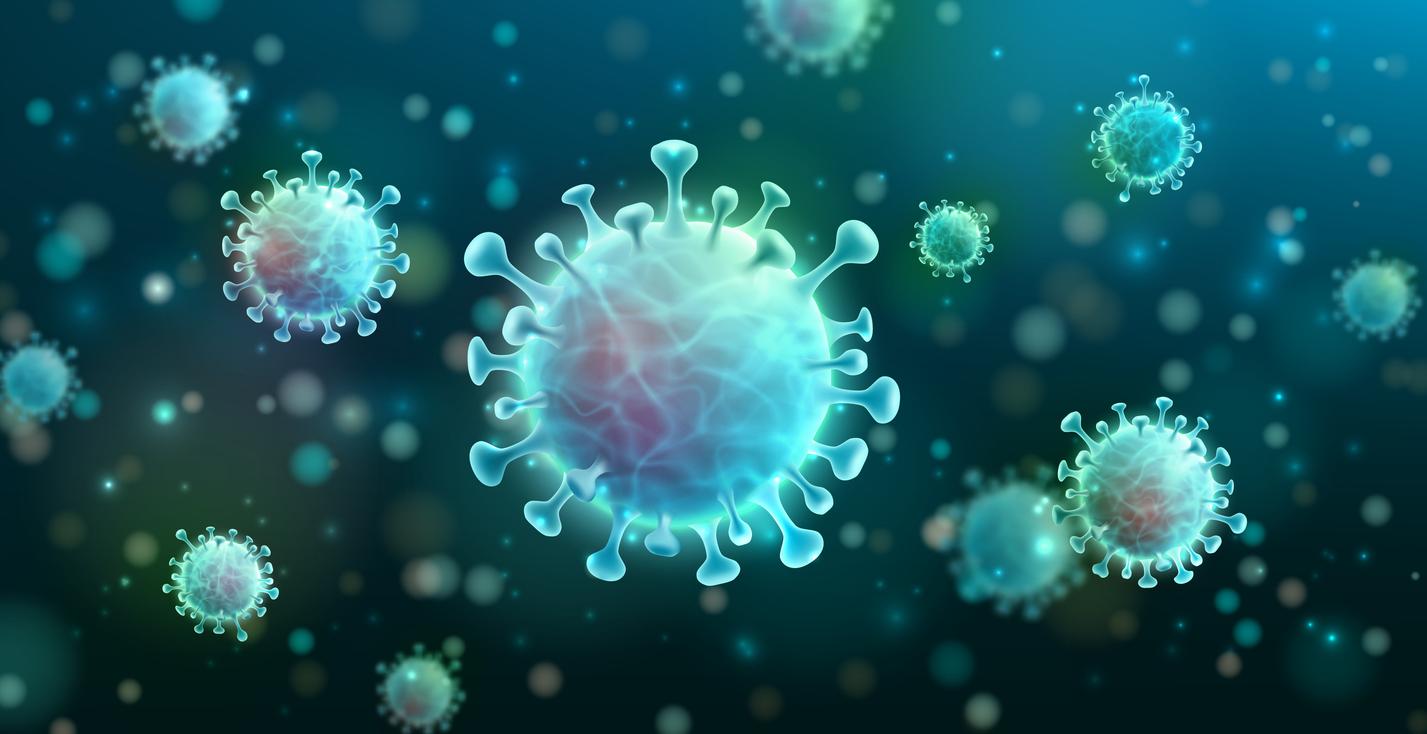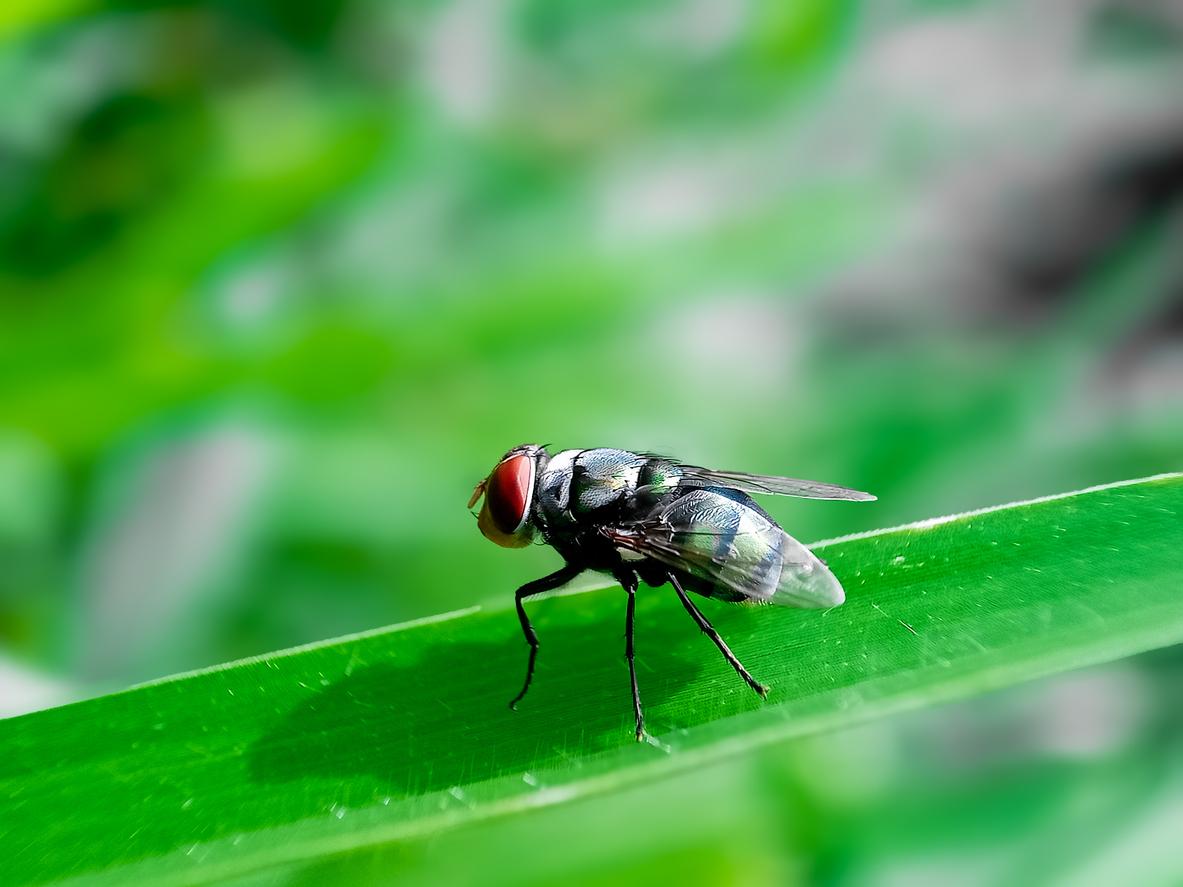Zoonoses, diseases transmitted to humans from animals, could kill twelve times more people worldwide by 2050, according to a new study.

- Zoonoses are diseases transmitted to humans by animals.
- Currently, there are more than 200 types of zoonoses known according to the WHO.
- Zoonoses could kill 12 times more people by 2050, a new study suggests.
There are more than 200 known types of zoonoses, according to the World Health Organization (WHO). According to a new study published in the journal BMJ Global Healththese diseases transmitted to humans by animals could kill 12 times more people by 2050.
A 9% increase in deaths linked to zoonoses
During their work, the researchers analyzed the evolution of four types of zoonoses, the filovirus family (notably Ebola And Marburg), the coronavirus responsible for SARS (SARS-CoV-1), the virus Nipah and the virus Machupo. To do this, they examined data from more than 3,000 epidemics that took place between 1963 and 2019 in 24 countries. In total, there were 17,232 deaths, including 15,771 caused by filoviruses.
Thus, they discovered that the number of epidemics increased by almost 5% each year between 1963 and 2019, as did deaths with an increase of 9%. “If these annual rates of increase continue, we expect that the pathogens analyzed will contaminate four times more and cause twelve times more deaths in 2050 than in 2020,” estimate the authors.
Zoonosis: “urgent action” is needed
But the result could be even more worrying, because the scientists did not take the Covid-19 epidemic into account in the study. Indeed, it is SARS-CoV-2, discovered in January 2020, which is the virus responsible for Covid-19, according to the Pasteur Institute. The researchers indicate that the inclusion of Covid-19 could greatly increase these percentages.
Scientists argue for “urgent action [qui] is needed to address a significant and growing risk to global health”. And all the more so since climate change could accelerate this upward trend in zoonoses.
According to the National Institute of Health and Medical Research (Inserm), there are several factors which can explain this increase:
- Deforestation which increases the risk of contact between wildlife, domestic animals and human populations.
- The intensification of industrial livestock farming, which increases the risk of spreading pathogens between animals.
- The trade and trafficking of wild animals, which increases human exposure to the microbes they may carry.
- The intensification and globalization of trade, which facilitate the spread of infectious agents.
- The role of wars, responsible for the movement of populations and the weakening of local health systems.
75% of emerging animal diseases can be transmitted to humans, according to the French organization.

















